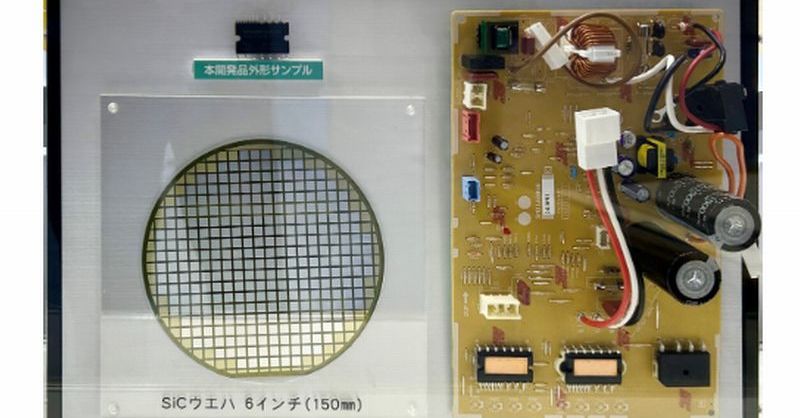Air Conditioner Power Savings: Revolutionizing Efficiency with SiC-Based IPMs
The quest for energy efficiency is a global priority, and nowhere is this more critical than in the cooling sector. Air conditioners, while essential for comfort and productivity, consume significant amounts of energy. But a game-changing technology is emerging: silicon carbide (SiC)-based intelligent power modules (IPMs). These innovative devices promise to drastically reduce energy consumption in air conditioners, leading to substantial savings for consumers and a smaller carbon footprint for the planet.
What are SiC-Based IPMs and How Do They Work?
Traditional air conditioners rely on Insulated Gate Bipolar Transistors (IGBTs) for power conversion. While effective, IGBTs suffer from relatively high switching losses, leading to wasted energy. SiC-based IPMs, however, offer a significant advantage. SiC semiconductors boast a much wider bandgap than silicon, allowing them to operate at higher temperatures and voltages with significantly lower losses. This translates to:
- Higher Efficiency: SiC IPMs achieve higher power conversion efficiency compared to IGBT-based systems, meaning less energy is wasted as heat.
- Faster Switching Speeds: The superior switching characteristics of SiC reduce switching losses, further enhancing efficiency.
- Smaller Size and Weight: The inherent properties of SiC allow for the design of smaller and lighter IPMs, simplifying installation and reducing material costs.
- Improved Reliability: SiC devices generally exhibit higher reliability and longer lifespans than their silicon counterparts.
The Impact on Air Conditioner Energy Consumption
The implications of SiC-based IPMs for air conditioner energy consumption are profound. Consider these points:
- Reduced Electricity Bills: Higher efficiency directly translates to lower electricity bills for consumers, providing substantial long-term savings.
- Lower Carbon Emissions: By reducing energy consumption, SiC-based air conditioners contribute to lower greenhouse gas emissions, aligning with global sustainability goals.
- Improved Grid Stability: Widespread adoption of energy-efficient air conditioners can lessen the strain on electricity grids, particularly during peak demand periods.
Market Adoption and Future Outlook
While still relatively new, SiC-based IPMs are gaining traction in the air conditioning industry. Major manufacturers are investing heavily in research and development, and we're already seeing the integration of this technology in several high-efficiency air conditioner models. The future looks bright, with experts predicting significant market growth in the coming years.
Factors Driving Market Growth:
- Increasing Energy Prices: The rising cost of electricity is incentivizing consumers and businesses to seek more energy-efficient cooling solutions.
- Stringent Environmental Regulations: Governments worldwide are implementing stricter regulations to reduce carbon emissions, pushing for the adoption of greener technologies.
- Technological Advancements: Ongoing research and development are continually improving the performance and cost-effectiveness of SiC-based IPMs.
Conclusion: A Cooler, Greener Future
SiC-based IPMs represent a significant leap forward in air conditioner technology. Their superior efficiency, reliability, and environmental benefits promise a cooler and greener future. As the technology matures and costs decrease, we can expect widespread adoption, leading to substantial energy savings and a positive impact on the environment. Stay tuned for further advancements in this exciting field!
Keywords: SiC-based IPM, Air Conditioner, Energy Efficiency, Power Savings, Silicon Carbide, Intelligent Power Module, Energy Consumption, Green Technology, Sustainability, Climate Change, Electricity Bills, HVAC, Cooling Systems
Related Articles: (Internal links would be added here, linking to other relevant articles on your website about energy efficiency, green technology, etc.)
External Links: (Links to relevant research papers, industry reports, and manufacturer websites would be added here.)
